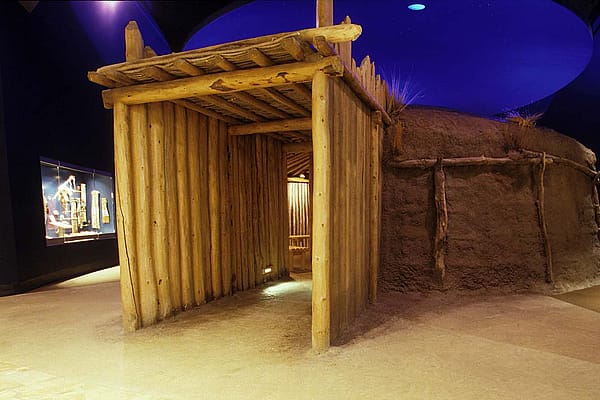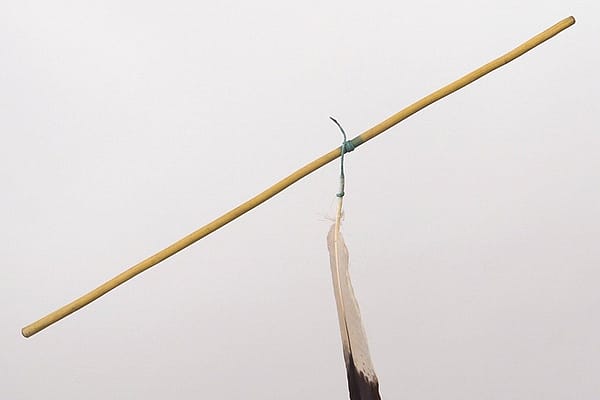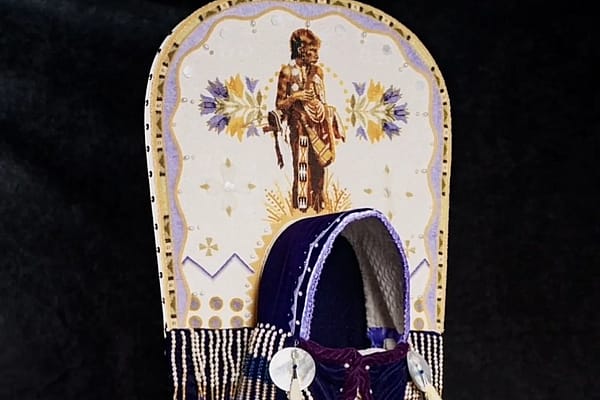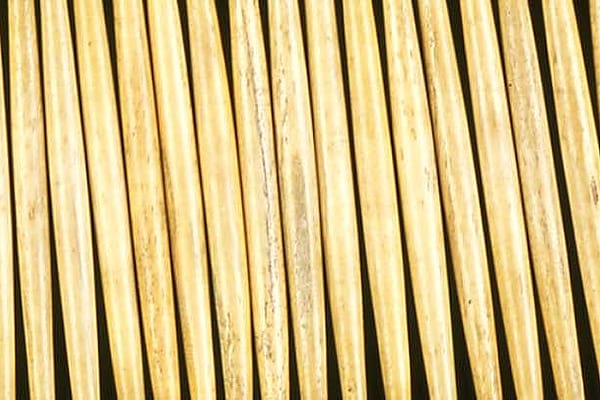
NAGPRA Case Studies and Controversy
Native American Graves Protection and Repatriation Act, or NAGPRA, case studies and controversy
Click here to read our introductory post about NAGPRA and museums.
If there are common NAGPRA issues between tribes and museums today, usually it is a matter of museums being unintentionally out of federal compliance (museum-compiled summaries and inventories left out objects or remains, for example, on initial lists after NAGPRA had become law, or staff turnover led to fresh eyes examining the collection). At the same time, tribal government changes can affect NAGPRA delegations, and museums can be diligent and make sure to send collections summaries to new tribal employees. New tribal employees can set up their own appointments to tour collections.
The implementation of the 10.11 “Final Rule” into NAGPRA in 2010 made standards for determining cultural affiliation more lenient. Culturally unidentifiable remains were often in limbo before the ruling, where ties had to be proven through lineal descendants, but the change required museums that had remains–with no claim or request–to contact tribes who had ties to the place where the remains were collected. These tribes could claim the remains, or another federally-recognized tribe could claim the remains for reburial, a way of putting them at rest. Some museum scientists panicked that this would cause a free-for-all of repatriation requests and reburials of all remains. So far, that has not happened.
What does a NAGPRA case study look like? I mentioned my research experience in a prior blog–I found that a war bonnet and medicine bundle were taken under duress from someone who did not have the right of alienation (the right to give something away). To turn to historically interesting examples, the Burke Museum at the University of Washington in Seattle had a granite statue attributed to the Sto:lo tribe of British Columbia. In 1892, a farmer uncovered the statue on the Canadian side of the border. The Sto:lo believed that an ancestor name T’xwelatse lived at the same time as a “transformer” named Xa:ls. Because of a domestic dispute, Xa:ls turned T’xwelatse into stone. The village where the stone figure stood was abandoned after white settlers committed violence against a Sto:lo inhabitant.
In 1992, tribal elders who saw the T’xwelatse statue at the Burke Museum were told that NAGPRA only worked for U.S. federally-recognized tribes. Undaunted, they spent 14 years working with the Nooksack tribe in Washington state in order to create a legitimate NAGPRA claim. The goal was proving Nooksack cultural affiliation with the Sto:lo. The international border splitting tribal territories was seen by the tribes as incidental. The official Nooksack claim addressed T’xwelatse as human remains and cultural patrimony. The Burke Museum and National NAGPRA found the stone representation to be outside of human remains. The analysis for cultural patrimony took into account archaeological and statistical analysis of similar figures in other museums and private collections; the idea that physical abandonment does not equal spiritual abandonment (the Sto:lo were running for their lives and could not transport a stone statue); and support from spiritual leaders in identifying the statue.
Although the museum staff had a different idea about the definition of human remains (in their eyes, it was an object, not an ancestor), the atmosphere of respect and transparency caused a positive solution that recognized its value to the tribe as an object of cultural patrimony. In 2006, the representation of T’xwelatse was returned to the Nooksack, and later to the Sto:lo.
In Drawing Back Culture: The Makah Struggle for Repatriation, anthropologist Ann Tweedie studied another Washington state tribe, the Makah, and looked at their early repatriation attempts. She also examined how the parameters of NAGPRA repatriation when implementing objects of cultural patrimony are built for a monolithic “Indian” culture that eludes Makah values of individual ownership, and how the tribe had to brainstorm to make the NAGPRA permutations “fit” their internalized values. Because of definitions built into the law that did not consider the strong ownership values of Northwest Coast tribes and reflected the values of Plains or Southwest tribes (and assumed a one-size fits all “Indian” narrative), the Makah had to find a way to make the law flexible to ensure a return of repatriated items of cultural patrimony to the proper families. Their idea of material culture is one that maintains continuity and revives practices such as whaling and the prayers, ceremony, and songs that accompany such practices.
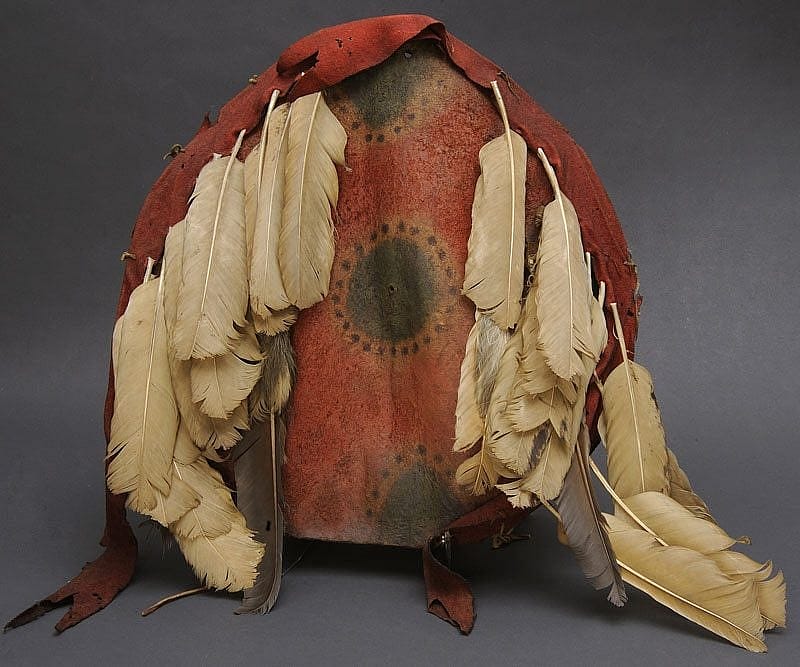
The fact that the Makah were so deliberate in determining what to “draw back,” instead of requesting everything, showed how much respect they had for the idea of rightful owners. Objects of cultural patrimony were not returnable under NAGPRA’s definitions, but joint individual and communal ownership would allow an object’s return. NAGPRA ideas of “stewardship” would allow whaling gear and other material culture such as potlatch regalia with familial significance to be either returned under a sacred object definition (stressing continuity) to the proper people or to be stored at the Makah Culture and Research Center with those owners having full authority over the objects.
These examples and my earlier posts show the complexities and challenges inherent in the law. NAGPRA just celebrated 25 years as a law, and the next 25 and beyond will certainly bring more challenges. But under the law, museum staff and tribal NAGPRA delegations have started the process of implementing restorative justice to tribes.
To Learn More about NAGPRA:
Tweedie, Ann. Drawing Back Culture: The Makah Struggle for Repatriation. University of Washington Press, Seattle and London, 2002.
